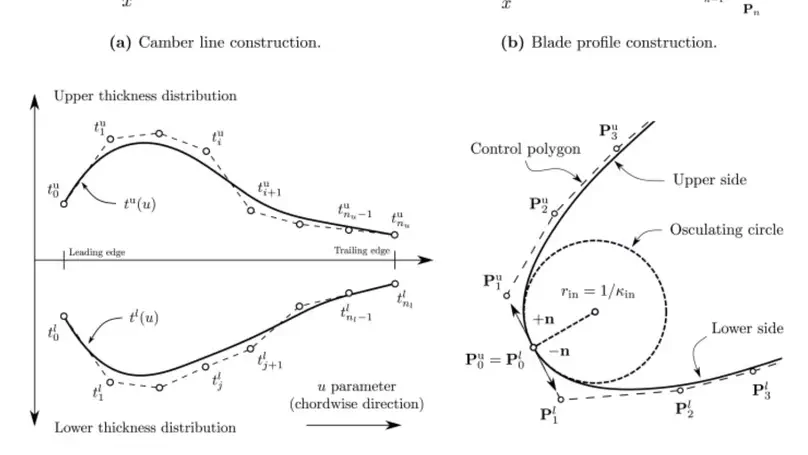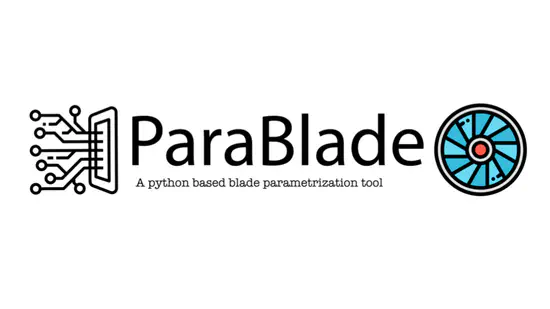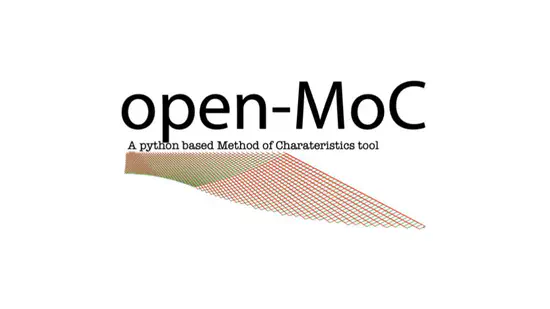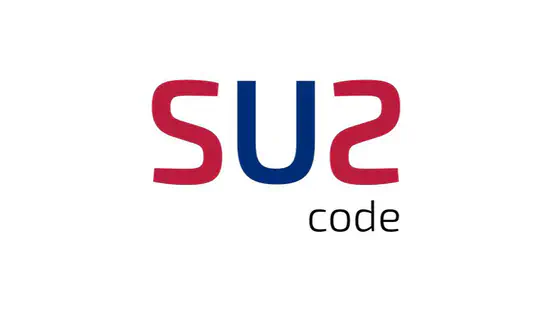Nitish Anand
Senior Reseacher, Thermal Energy Systems Group, Energy Technology Unit.
Vlaams Instelling voor Technologisch Onderzoek (VITO)
Biography
Nitish is a young doctorate from the Delft University of Technology. He specializes in advanced fluid dynamics, numerical methods, optimization and adjoint methods.
Currently he is working as a Senior Researcher at the Thermal Energy Systems group (THES) of Vlaams Instelling Voor Technologisch Onderzoek (VITO), Belgium. His research areas include the analysis and design of thermal energy conversion devices.
He is a self learnt programmer and is one of the developers of ParaBlade and openMOC research codes. Besides he is an active contributor to the open-source CFD-Suite SU2.
Download Resume .
- Computational Fluid Dynamics
- Adjoint based Method
- Fluid/Thermal Design Optimization
- CAD-Based Geometric Modelling
PhD in Aerospace Engineering, 2021
Delft University of Technology
MS in Mechanical Engineering, 2016
Delft Univesity of Technology
BTech in Mechanical Engineering, 2014
Siksha O Anusandhan
Skills
Featured Publications

Turbomachinery design is increasingly carried out by means of automated workflows based on high-fidelity physical models and optimization algorithms. The parametrization of the blade geometry is an essential aspect of such workflows because it defines the design space in which an optimal solution can be found. Currently, parametrization methods used for this purpose are often tailored to one particular type of turbomachinery blade, do not provide shape derivatives required for gradient-based optimization, or are not suited to re-parametrize a baseline blade geometry defined by a set of scattered point coordinates in a systematic way. This paper thus presents a general blade parametrization method for axial, radial, and mixed flow blades based on typical turbomachinery design variables and NURBS curves and surfaces. The shape derivatives are computed by means of the complex-step method, allowing the integration of the parametrization into gradient-based shape optimization workflows. In addition, the method enables the re-parametrization of a blade geometry defined by a cloud of points by solving a two-step optimization problem. The capabilities of the method are demonstrated by replicating eight blade geometries in two and three dimensions with an accuracy comparable to the tolerances of current manufacturing technologies.
Recent Publications
Contact
- nitish.anand@vito.be
- Energy Ville 1, Thor Park 8310, Genk 3600


